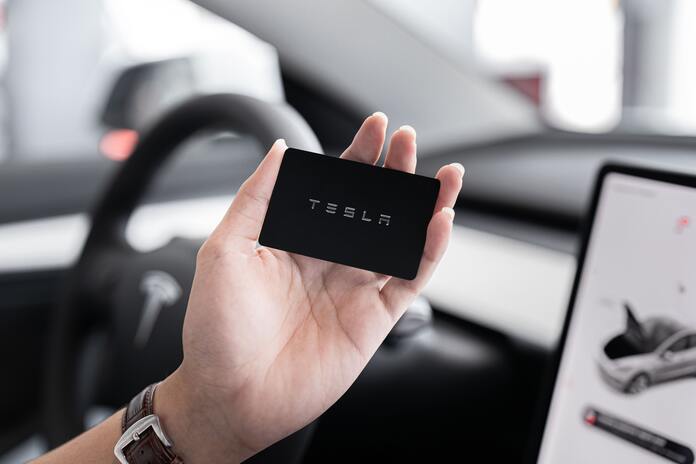Over the years, Tesla (NASDAQ:TSLA) has transformed into a dynamic technology innovator under the leadership of the world’s richest man, Elon Musk. From a humble startup, Tesla has risen to become the king of the electric vehicle (EV) market, much like how Amazon changed retail and Netflix revolutionized entertainment. Approximately 70% of battery-powered electric car sales in the United States are now attributed to Tesla. Despite this success, TSLA stock has experienced a significant decline for four consecutive quarters, currently standing over 50% below its all-time high of $414.50 in 2021. The question arises: Is it time to abandon Tesla, or does the recent dip offer an enticing opportunity for savvy investors?
Historical Data Points to Opportunity
Analyst Jason Goepfert’s examination of historical price data on Tesla reveals a notable pattern: each time Tesla experienced a 5% or more gap down to a 6-month low, it rebounded strongly over the next 30 days. This historical trend boasts a 100% success rate with a median return of 18%. With Tesla recently experiencing a more than 5% gap down to 6-month lows, there is potential for history to repeat itself.
Valuation Reaches Rock-Bottom Levels
Tesla’s price-to-book ratio, calculated by subtracting total liabilities, preferred stock, and intangible assets from total assets, currently stands at 12.19. This is the lowest level since early 2020. The last time Tesla’s price-to-book ratio was at this level, the stock surged from $35 to over $400 per share, suggesting that the current valuation might be an attractive entry point.
Diminishing Competition
Competitors in the pure-electric vehicle space, such as Nio, Rivian, and Lucid, have seen their stock prices plummet by more than 90% from their all-time highs. This decline in competition could potentially position Tesla more favorably in the market.
Chinese Stimulus Boost
Recent reports indicate that China is planning to introduce a substantial stimulus package to revitalize its struggling economy. Additionally, the People’s Bank of China (PBOC) is set to allow banks to maintain smaller cash reserves. Given that China is Tesla’s second-largest market, a successful stimulus effort in the country could significantly benefit Tesla.
Record Cash Reserves
Tesla currently boasts a substantial cash reserve of nearly $30 billion, making it a cash-rich entity. With this financial flexibility, Tesla’s board has the option to engage in share buybacks or inject additional capital into the business to ramp up production.
In conclusion, despite facing a decline in its stock for four consecutive quarters, recent data and market dynamics suggest that Tesla might be presenting an attractive opportunity for investors. Historical trends, coupled with a favorable valuation and strong financial position, make a compelling case for considering Tesla as an investment option.
Featured Image: Unsplash



